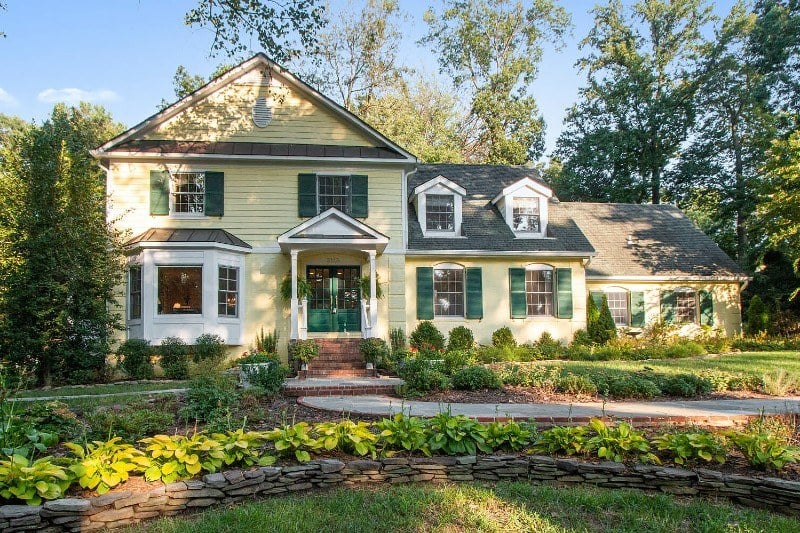Houwzer Senior Economic Advisor Kevin Gillen has written the second in a series of analyses examining previously tax-abated properties in Philadelphia. Part one of the series examined their transactions volume in the post-abatement period. This second part examines what has happened to their market values following the expiration of their abatements.
Of the 10,404 residential properties in Philadelphia that have since seen their abatements expire, only 3,530 have subsequently sold. Of these, only 1,175 sold units have met the necessary conditions to obtain a clean measure of their abated and post-abated values: their original purchase had to occur within one year of receiving their abatement, their next sale had to occur after their abatement expired, and both the original purchase and subsequent sale had to occur under arms-length conditions.
The main findings are as follows:
- Most abated properties grew in value between their original purchase and their subsequent post-abatement sale:
- The median gain in price was $13,000, an almost 4% increase.
- 637 units (54%) sold for higher prices than their original purchase price, while 538 units (46%) sold for lower prices than their original purchase price.
- The gains were largest for units that were higher-priced to begin with (>$471,000) and smallest for units that were lower-priced to begin with (<$252,000). Higher-priced units experienced an average gain of 7.2%, while lower-priced units experienced an average gain of just 1.2%.
- Although these absolute changes in prices were positive, they are much smaller than overall house and condo price appreciation city wide. If these units appreciated at the citywide average between their original purchase and subsequent sale, they would have sold at much higher prices, which represents a relative loss:
- The median gain in price for non-abated properties during this same period was $80,000 (105%), compared to just $13,000 (4%) for previously abated properties.
- While the abatement was in effect from 2000-2008 for these previously abated properties, they did appreciate in price at approximately the same rate as dwellings did citywide: 109% v 103%, respectively.
- Post-2008, previously abated properties experienced much larger price depreciation (from which they have yet to fully recover) than non-abated homes did citywide: -35% v. -13%, respectively.
- Although the typical abated property increased in absolute value by 4% following the expiration of its abatement, if it had appreciated at the same rate as non-abated properties in the post-2008 period, it would have increased in value by 18%.
- After adjusting the post-abatement sales prices for the general fluctuations in the city’s housing market, 282 units sold for relative gains while the remaining 893 sold for relative losses.
- Like the changes in absolute prices, the changes in relative prices were also asymmetric with respect to value: lower-priced abated properties generally sold for larger and more frequent relative losses, while higher-priced abated properties generally sold for larger and more frequent relative gains.
- Despite any losses in value—whether absolute or relative—previously abated properties still remain much higher-priced than most of the city’s existing housing stock, with a current median value of $360,000 compared to $156,000 for non-abated properties.
These numbers suggest two major conclusions:
- Any concerns that there would be a significant liquidation of abated properties at steep discounts once abatements expire is strongly refuted by the data. Of all 10,404 properties that have seen their abatements expire, nearly two-thirds remain owned and occupied by their original buyer. Of those that have sold following their abatement’s expiration, the majority sold for higher prices than their original purchase price.
- The value that buyers/investors place upon the favorable tax treatment is very large and very real, adding a 15-20% premium to an abated dwelling’s purchase price. This can be inferred from the sales data, which shows that after controlling for general fluctuations in market values, post-abated properties sell for a 15-20% discount compared to their original purchase price.
In the final piece of this tax abatement study, Gillen uncovered the disparity between what buyers paid for an abatement and its actual value, as well as the reasons behind it. He examined the fiscal impact that post-abated properties are having on the city by examining the 2019 assessed values that were recently released.
Thinking about buying or selling your home? Schedule a free consultation with one of our Realtors.
Get Started
Click here to view the full report analyzing this data. Click here to download the actual dataset of post-abated properties that contains their original purchase price and subsequent sales price.



